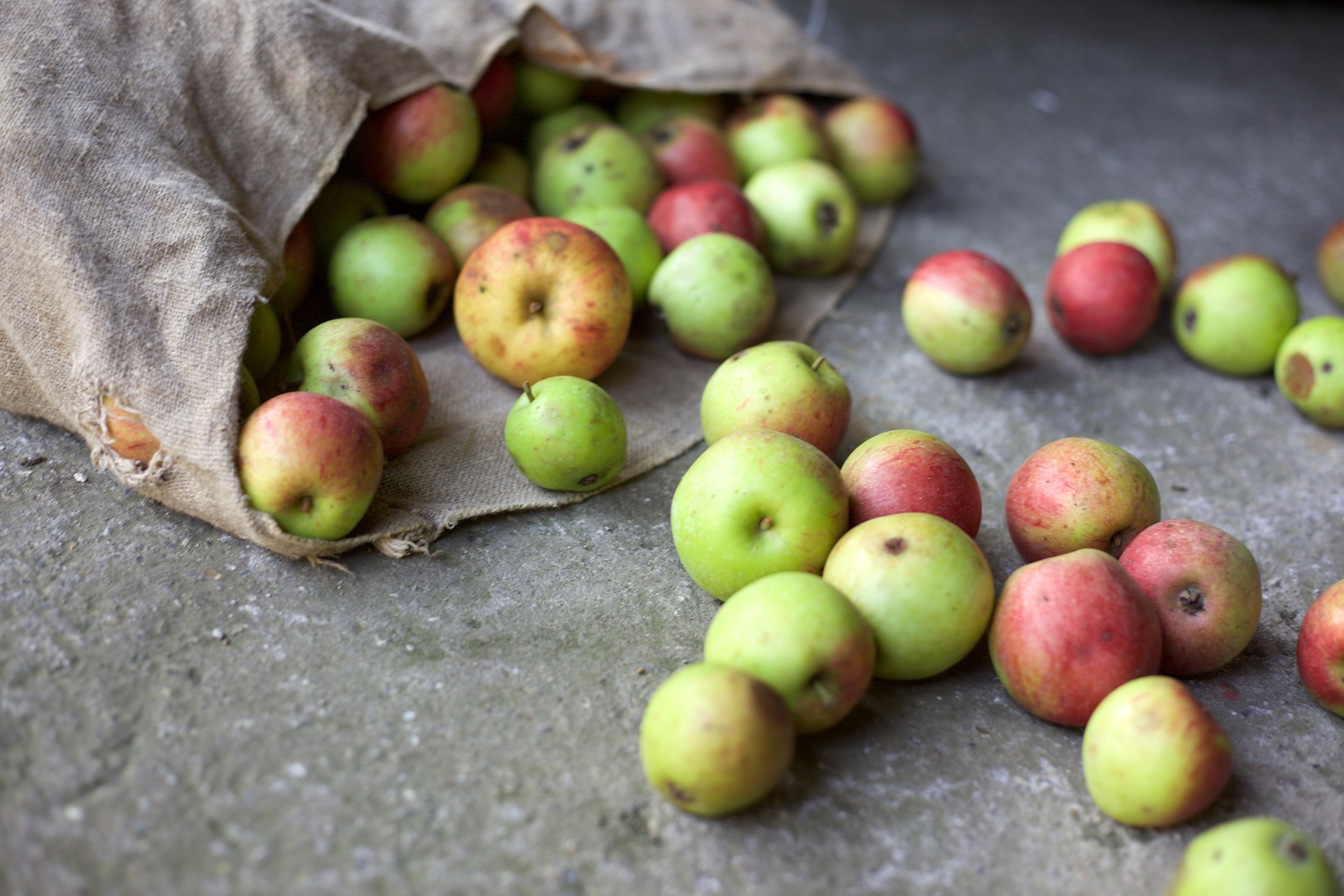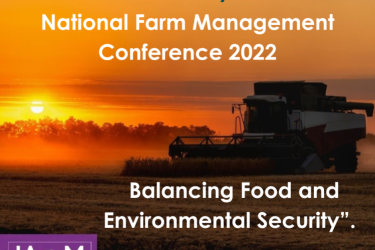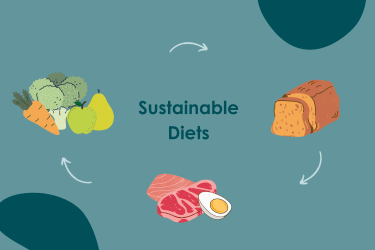By Tom Gill
If food waste could have a major role in feeding the world’s growing population and cutting emissions, isn’t it time we created different kinds of food systems to help reduce it?
It’s a statistic that doesn’t get any less staggering no matter how many times you read it: Each year, around a third of the food the world produces goes to waste.
It’s a quantity so huge that for most of us it’s impossible to imagine in the usual helpful terms — we’re not just talking about filling a few hundred olympic-sized swimming pools or double-decker busses.
The reality is, if food waste was a country, it would be the third biggest emitter of greenhouse gases in the world. We have undoubtedly created a monster.
Waste across the chain
Addressing the challenge of waste isn’t just about the bananas you’d forgotten were in the fruit bowl and threw away when they went black — although consumer waste is obviously a substantial part of the challenge.
Food waste is a much wider problem, affecting every single part of the food chain from losses in a farmer’s field, to issues with sorting, grading and storage, as well as processing, transportation and retail.
It’s a far-reaching issue that affects every nation in the world, albeit in different ways: An FAO study found industrialised countries see the biggest food losses at harvest, sorting and grading, while developing regions see much higher loses during processing.
To address the issue here in the UK, WRAP’s Courtauld Commitment is aiming to address the issue by challenging the food and drinks industry to reduce its waste by 20% in the next ten years up until 2025 — a commitment more than 150 businesses have signed up to.
While addressing problems in the current system is a start, it’s only part of the waste challenge: Addressing it in a meaningful way, requires new systems, new solutions, and new ways of thinking about what waste actually is.
What counts as waste?
We’ve all been tempted by a 3-for 2-promotion deal that encourages us to buy more food than we might really need, but necessary supermarket promotions aren’t the only problem in the retail chain.
For starters, the system of forecasting the amount of food that’s required isn’t as effective as it should be, which can lead to overproduction and supply, and food going uneaten.
From a farmer or grower’s perspective, the balance between what’s produced and what’s needed can be difficult to manage — great weather might lead to a bumper crop, for example, or bad weather might lead to blemished produce.
Unless there is collaboration within the supply chain, not every player can always react quickly to what’s produced — meaning significant amounts might not even leave a farmer’s field.
Another challenge lies with how waste is viewed within the chain.
From a supermarket’s perspective, waste is less about how much food goes unharvested, and more about the financial impact; how many products end up with a reduced yellow sticker on them, or how much produce sits in the storeroom and doesn’t even make it onto the shelves.
Retailers of all shapes and sizes will claim to be zero tonnage waste, or have at least reduced the amount of food they throw away, by sending unsold produce to anaerobic digestion facilities.
However, this solution simply passes on the waste and expects someone else in the chain to deal with the associated emissions and whatever waste disposal options have been established.
A problem shared….
To really address the challenge, waste needs to be viewed as an equitable problem so that everyone in the chain takes responsibility for it.
One of the answers to this is by creating circular solutions, so that rather than handing on the costs and challenges of waste to someone and then forgetting about it, it can actually create benefits for different people in the chain.
As I’ve explained before, the livestock sector provides a fundamental role in turning food industry ‘waste’ or ‘co-products’ into a more valuable, nutrient dense protein source.
But it’s fantastic to see the advent of innovative, circular economy solutions too.
In the last year, for example, here at Promar we’ve worked with Oddbox, a company that works with farmers and growers to create fruit and vegetable boxes using produce that would otherwise go to waste.
By creating profitable and long-term partnerships with farmers, Oddbox is helping reduce farm waste and enabling consumers to access fresh produce for a reasonable price and in an alternative way — a technique that is ensuring multiple people across the supply chain benefit.
What’s more, we have also been able to advise Oddbox on how to calculate and determine the best ways to quantify the benefits, and prove the environmental savings that can be made in viewing waste in a more creative way.
Future fit food supply chains
The progress innovative companies like Oddbox are making show that there’s undoubtedly space in the market for integrated solutions.
What’s more, they demonstrate how being in tune with consumer interests is just as important as coming up with ideas about how to make use of overabundant food supplies.
With Brexit and other market challenges potentially putting increased pressure on our food supply chains, more innovative and entrepreneurial ideas like these are going to be needed to drive change in our food systems. It’s only with new approaches and more aligned relationships that we’re really going to find ways to tame the waste monster.







